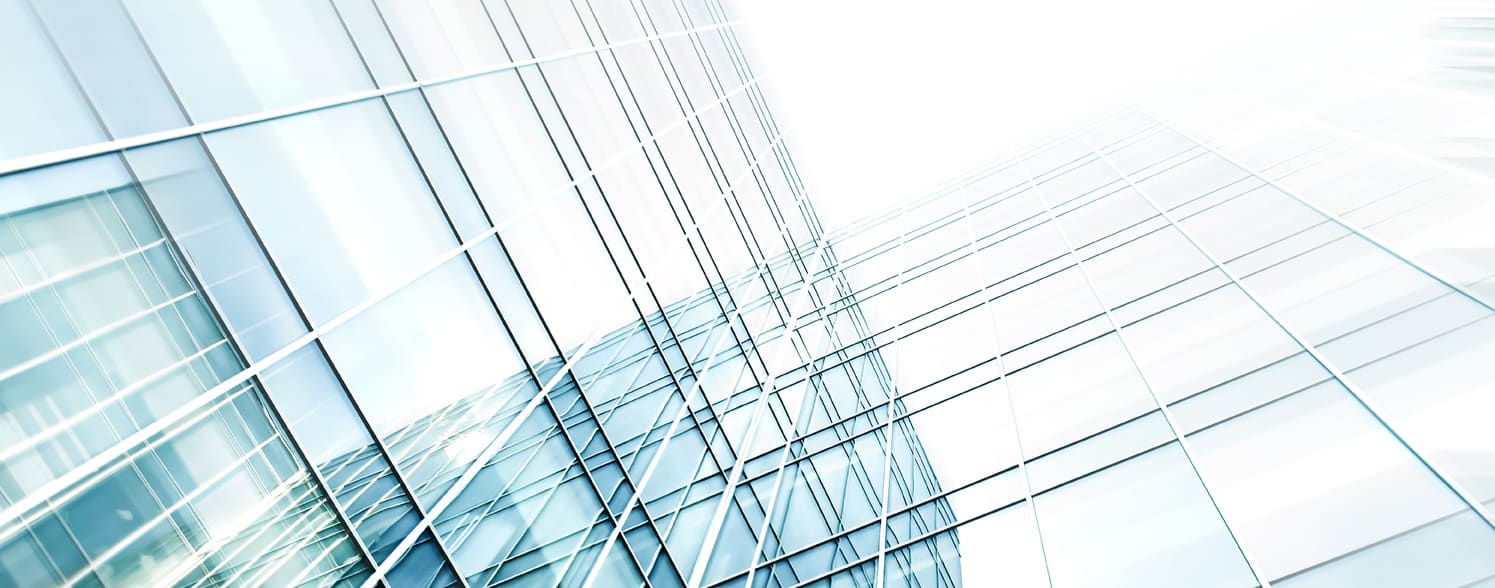The government has announced a new tax allowance, the structures and buildings allowance (SBA), for the cost of new commercial buildings or converting and renovating existing commercial buildings. The building must be used for commercial activity, but the allowance is available for rental properties as well as owner occupied ones. There is no draft legislation yet but some details of the proposals have been set out.
The rate is 2% per year on the cost of the building, but excluding the land value. At first glance 2% doesn’t seem very exciting, but it has more impact than first appears.
Suppose a company buys an office building for £1m, of which £200,000 is land. Rent is £50,000 pa and interest £30,000. Corporation tax at 19% on £20,000 would be £3,800. But now there is also SBA of £16,000 leaving taxable income of £4,000 and tax of £760. This reduces the tax bill by 80%!
The allowance is only available on expenditure incurred on or after 29 October 2018, so there is no need to review existing portfolios. But for new acquisitions an apportionment between building and land value should be ascertained so that SBA can be claimed.
While the new SBA has some similarity to the old industrial buildings allowance (IBA) system, which we discussed in a recent article, there are differences to be aware of. Under IBA, only specific categories of buildings qualified; under SBA all commercial buildings qualify and residential buildings do not. The government is consulting on what the meaning of residential will be: it appears that student and other communal accommodation will not qualify, but hotels and care homes will.
The allowance does not replace the existing allowances for fixtures in a building. The normal rates for these are 18% or 6% pa. There is also a 100% first year allowance previously limited to £250,000 pa but now increased to £1m. These are more generous than SBA and so should still be claimed in preference.
Another benefit of fixtures allowances over SBA: if you’re the seller of a building, you can by election with the purchaser retain not only allowances already claimed but also any future allowances. Under SBA, the balance of allowances unclaimed is passed on to the purchaser.
At first it appears that this means there is no clawback of SBA on sale. But the government’s technical note says that the capital gains base cost will be reduced by allowances claimed. This suggests that SBA will be clawed back on sale, but through the capital gains tax (CGT) system rather than as income. This means for individuals, the lower CGT rate (20%) will apply (rather than income tax rates) up to 45%. It may also mean that reliefs such as rollover for replacement of business assets might be claimed.
So don’t be put off by the low 2% headline rate. This is a relief worth a look.
For more information on SBA, please get in touch with your usual BKL contact or use our enquiry form.


